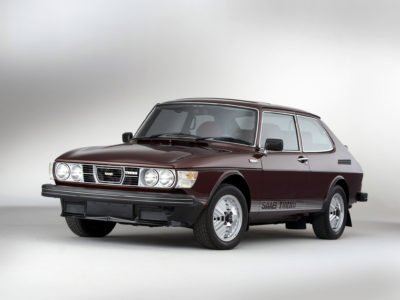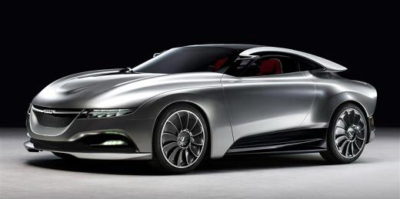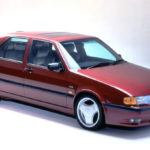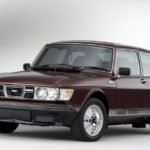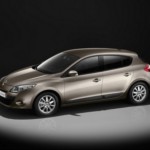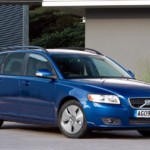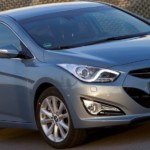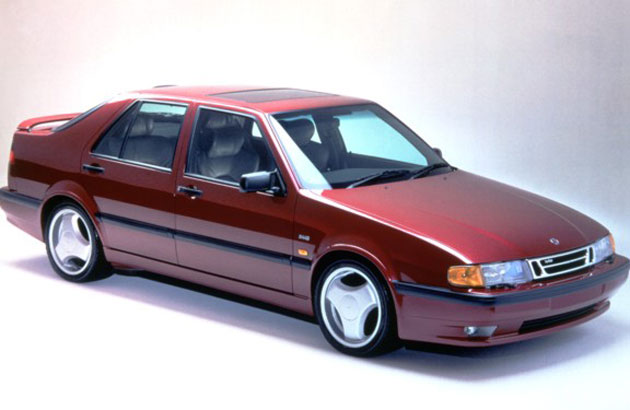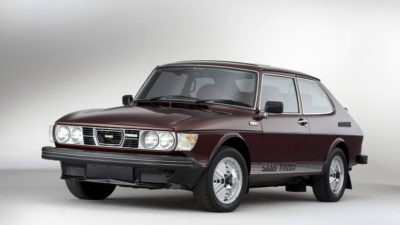Saab through pictures - History
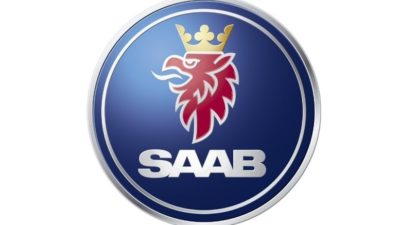
saab-logo
In this way, the two-year effort to save the renowned Swedish vehicle manufacturer, founded in 1947, ended. Although a group of Chinese investors was found willing to invest in the company's future, the former owner of General Motors stopped selling licenses and possible technology transfers. GM owned the Saab from 1989 to 2010 before it was sold to the Dutch Spyker, but continued to provide its technology to the Swedish vehicle manufacturer after that as well as produce one of the models (9-4X) at its factory in Mexico. Before you is the history of Saab in the pictures.
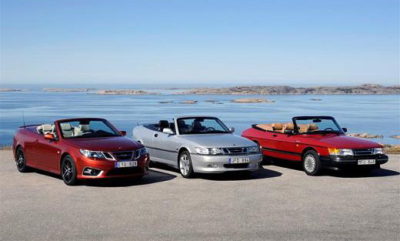
Following the decision to make Saab, which at the time was manufacturing only aircraft, manufacturing and in the automotive industry, the company's first car bore the 92001 mark (better known as the Ursaab) and was presented to the public in 1946. This car weighed only 800 kg and had front traction and was quite aerodynamic for its period.
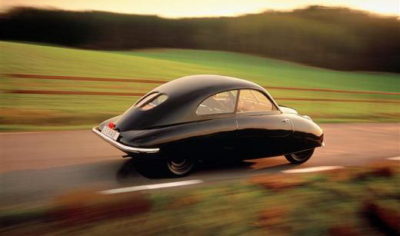
The first serial model of the company was the 92, which it produced from 1949 to 1956. It is interesting that this car was made in one part and then the openings for doors and windows would be produced. The 92 was powered by a small 764 cc engine with 25 hp, and was ahead of the Ferrari F40 in terms of aerodynamics.
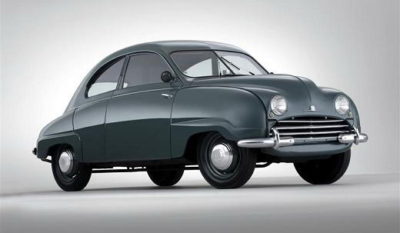
The successor to the 92 was the 93 produced from 1955 to 1960. This car is best known for its rally successes and with victories at the Finnish and Swedish rallies. From 1958 to 1960, the 93 also had a sporty version with the GT750 designation that had 57 hp and acceleration to 100 km / h in 15,2 seconds.
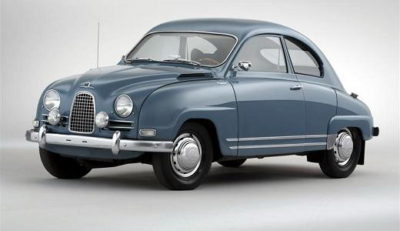
In 1959, the Saab 95, which remained in production until 1980, went on sale. The 95 shared the base with 93, but only came as a station wagon and pickup truck and could accommodate up to seven adults.
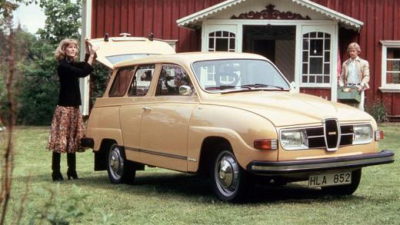
The Saab 96 is perhaps the company's most famous car to be produced from 1960 to 1980 and became the first Saab to be successfully exported. This car also had a lot of success in the rally, and about 550000 units were produced. The 96 was also available in the Sport version (841 cc with 52 hp), and from 1966 to 1967 as the sporty Monte Carlo with Ford's 76 hp engine.
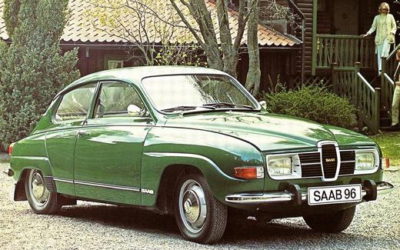
The Saab 97, better known as the Sonett, was the company's first sports model to be produced in three generations (1966-1974). While the Sonett I was a roadster and had a Saab three-cylinder engine, the Sonett II and III were coupes with Ford’s V4 engines. The most popular in the group was the Sonett III with a total sales of 8368 units and a top speed of 165 km / h.

The Saab 99 went on sale in 1968 and survived until 1984. It was the first larger Saab with I4 engines, with the turbo version introduced in 1978 (the 2.0L 140hp XNUMXL turbo). And these models have had a lot of success in the rally.
The Saab 900 has been manufactured since 1978-1998. It was based on 99 and available as a sedan with its own and four doors, a three and four door hatchback and a convertible.
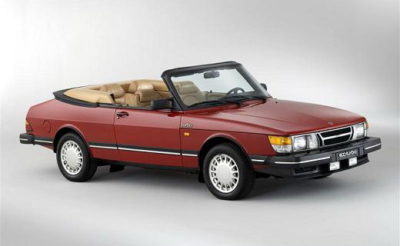
When it went on sale in 1984, the 9000 was the largest Saab ever produced. This was also the first Saab with a V6 engine and automatic transmission. The Saab 9000 retired at the end of 1997.
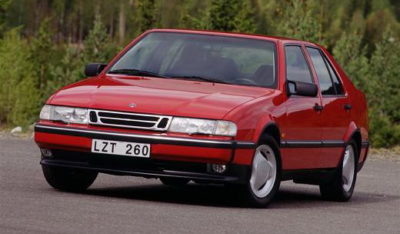
The 9-3 was a Saab representative in the mid-luxury class and was manufactured from 1998 to the present day. This is also the best-selling Saab in the history of the Swedish company as well as the first Saab to be made on the basis of another car (Opel).
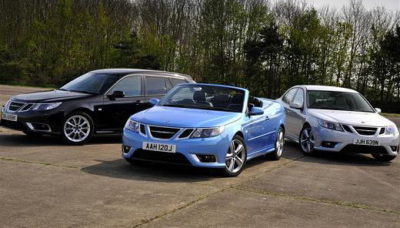
Between 2004 and 2006, Saab sold the Subaru Impreza under the 9-2X designation and with a trimmed front end. This car was only available to American customers. The 9-2X was shut down after the collaboration between GM and Subaru ceased.

The 9-7X was the company’s first SUV and shared the base with the Chevrolet Trailblazer, Buick Rainier, GMC Envoy and Oldsmobile Bravada models. Mechanics as well as engines were also shared with these models, and it was produced from 2005 to 2009. This was also the first serial Saab with a V8 engine.
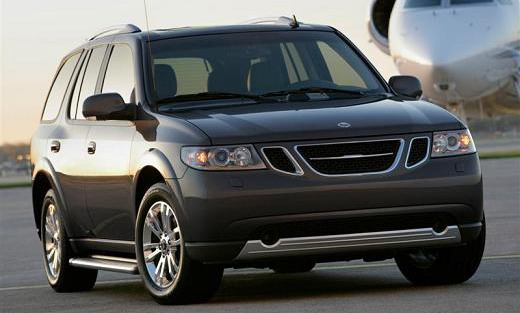
Its direct replacement was the 9-4X that was only manufactured in 2011. The 9-4X shared the base with the Cadillac SRX and was made by GM at a factory in Mexico.
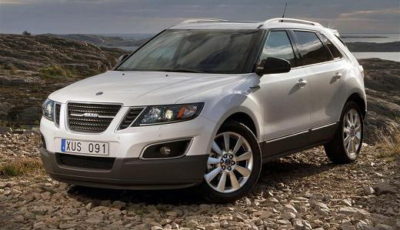
When it went on sale in 1997, the 9-5 was the largest car ever offered by Saab. This car has been manufactured for two generations and is widely expected to be the savior of the Swedish vehicle manufacturer.
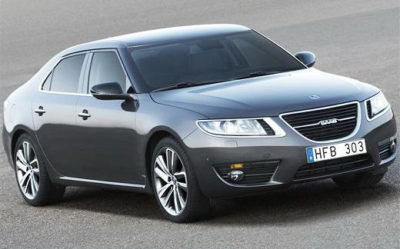
Saab's last model was the PhoeniX concept introduced at the Geneva Show in 2011. Designer Jason Castriota used all Saab models ever to be inspired, and was supposed to be a design revolution in the company's future models.
Author: Talladega
Pictures: Saab
Retrieved from: Brzabrzina.com
Recommendation of similar texts:

Hi there, I am Mladen and I am an auto enthusiast. I started this blog years ago to help like minded people share information about latest cars, car servicing ideas, used car info, exotic cars, and auto technology. You will find helpful articles and videos on a wide variety of cars - Audi, Mercedes, Toyota, Porsche, Volvo, BMW and much more. Ping us if you have anything cool to share on latest cars or on how to make older cars more efficient, or just want to say hi!

